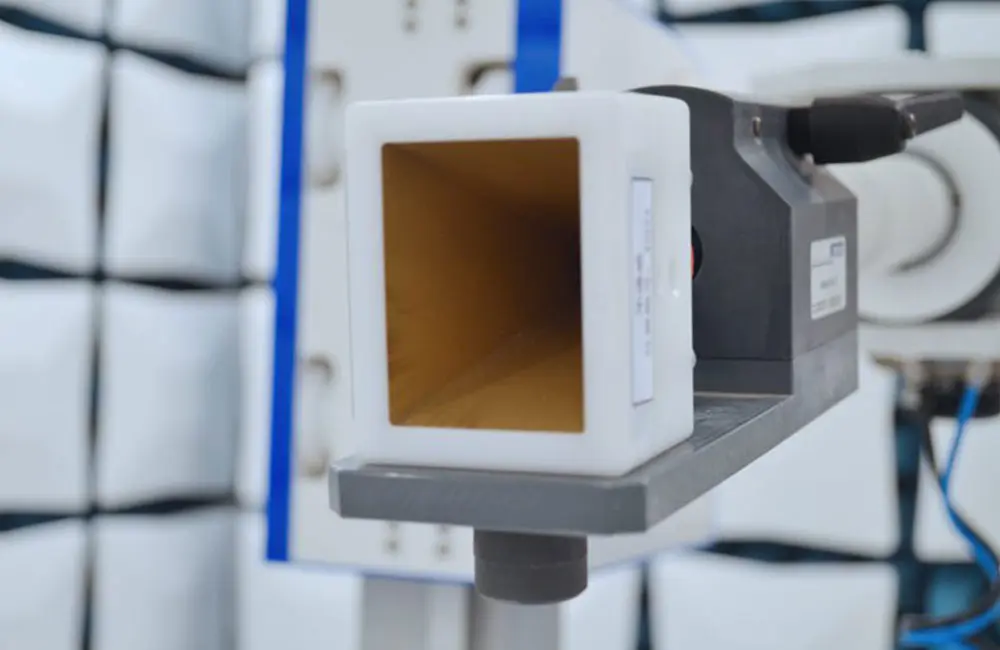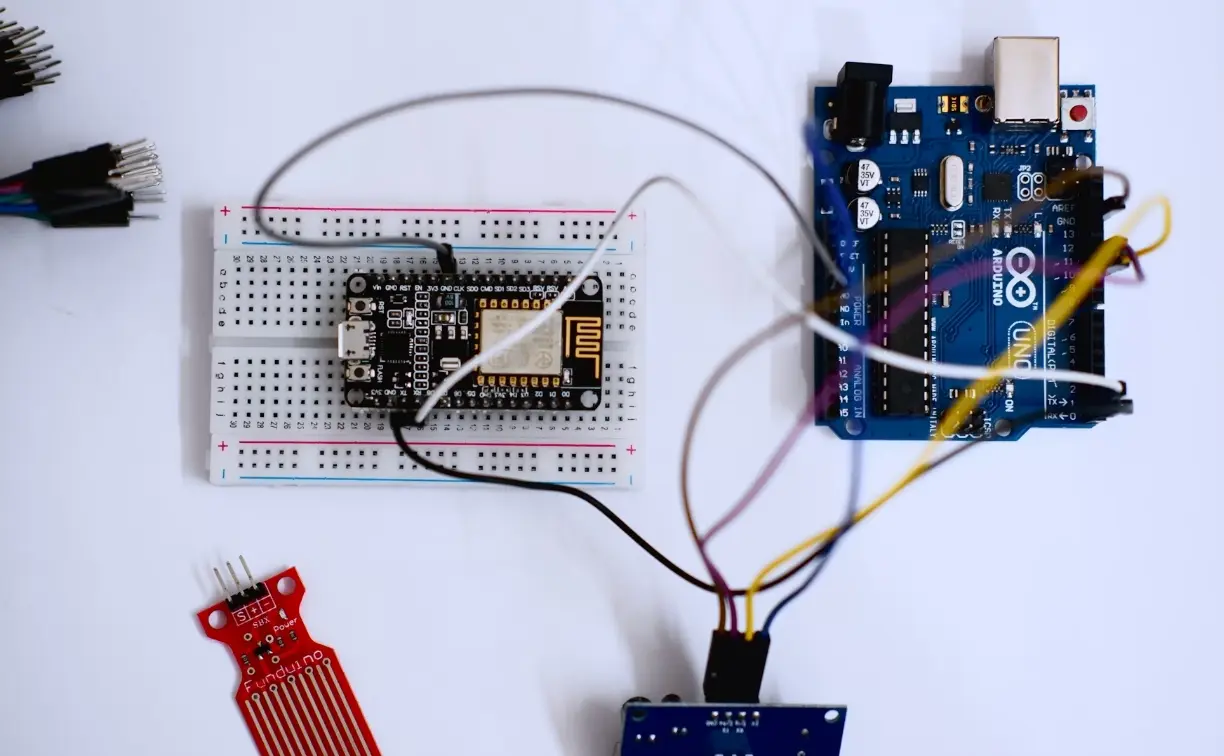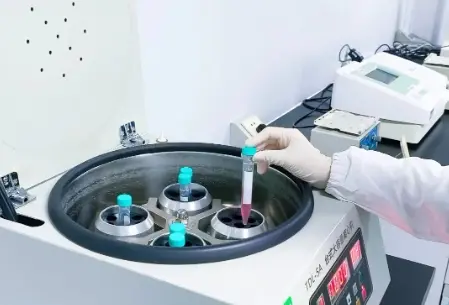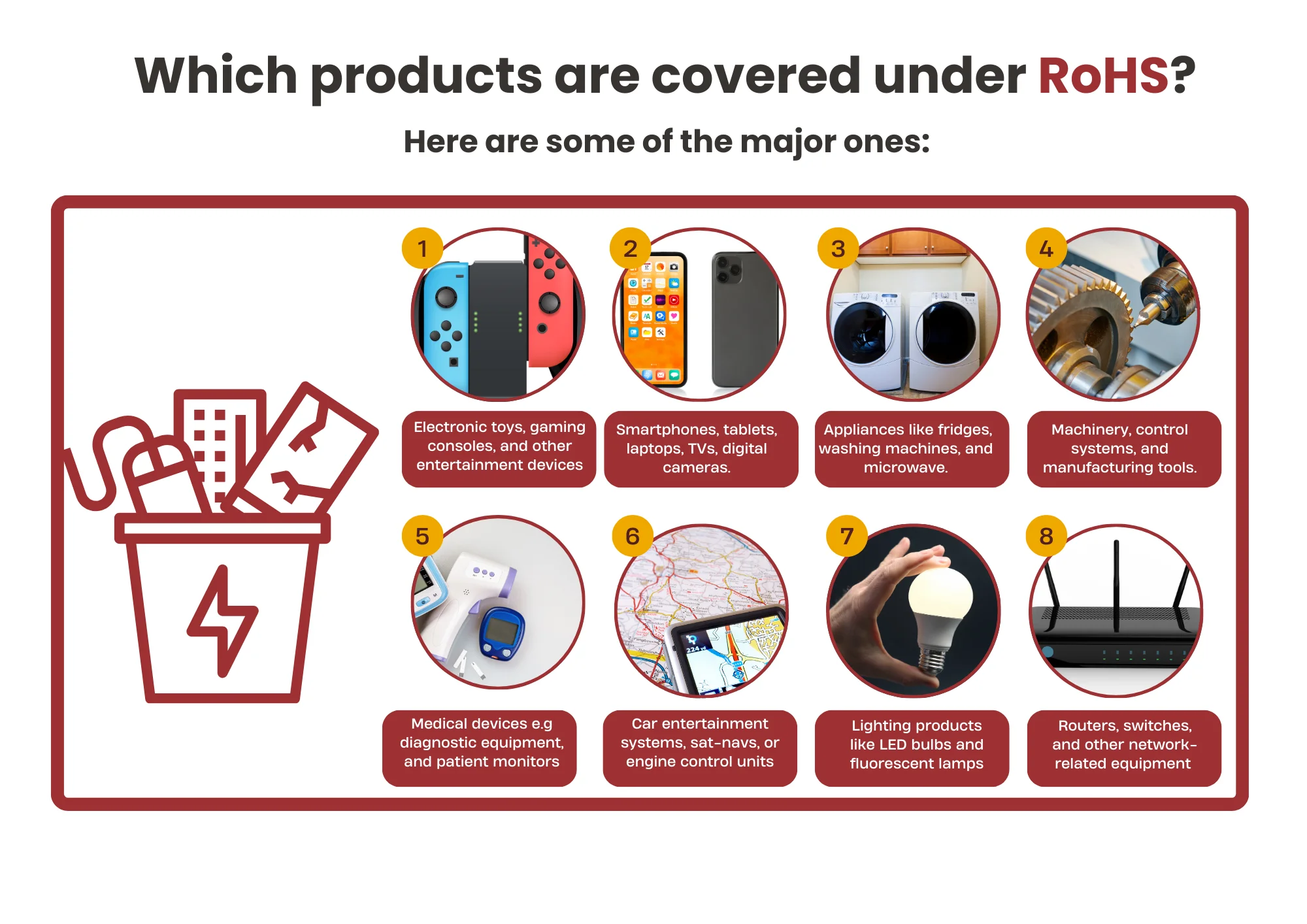
What is the FCC Part 15 Test Report?
Overview of fcc part 15 Testing for U.S. Certification
The Federal Communications Commission (FCC) requires Part 15 testing for digital devices and unlicensed radio products sold and marketed in the United States. This testing measures the radio frequency (RF) energy of products and compares these levels to the limits published in the Code of Federal Regulations (CFR) 47, Part 15.

The purpose of these requirements is to reduce interference to licensed services such as broadcasting, communications, and emergency services. Part 15 covers low-power intentional and unintentional radiators. Examples of low-power intentional radiators include WiFi, Bluetooth, remote controls, RFID, and similar short-range radios. Unintentional radiators are devices that operate at frequencies above 1.705 MHz and use "digital technology." Examples include computers, digital devices, and similar equipment that do not intentionally emit signals. Part 15 was initially included in the rules in the early stages of the Commission's development as a section for unlicensed RF devices and equipment. It is now one of the most commonly used sections in FCC rules.
The tests include radiated and conducted emissions. Radiated emission measurements are conducted in open area test sites (or anechoic chambers) and quantify the RF energy emitted from the equipment under test (EUT) as electric fields. Testing can be conducted at ten meters or three meters, with conducted emissions testing performed on any unit connected to an AC power source. This test is conducted on the ground plane and measures the RF energy injected into the AC power source by the unit via a Line Impedance Stabilization Network (LISN).
There are two limits or classes: Class A and Class B. Any digital device to be used in the home and (typically) unlicensed radio products must meet Class B limits. Class A limits are reserved for all other digital devices (industrial and commercial environments). Class A limits are approximately 10dB higher than Class B limits.
Approval is defined in a specific manner. These terms have evolved over the years and may continue to evolve in the future.
All Class A devices and Class B devices that are not computers or computer peripherals require verification.
A Declaration of Conformity (DoC) is defined for Class B computing devices and peripherals. The DoC is issued by the party selling the equipment and requires a specific logo.
All intentional radiators (transmitters) operating under any rule part (not just Part 15) require certification. This is a formal process requiring testing and technical information submission to a Telecommunications Certification Body (TCB), which the FCC has authorized to issue certifications.
Canada: The regulatory body responsible for spectrum matters in Canada is Industry Canada (IC). IC's requirements are found in Radio Standards Specification (RSS) 210, which covers low-power, low-voltage equipment, similar to FCC Part 15.
JJRLAB Service Scope
We provide certification (ISO 17025 compliant) test reports to our customers. As an independent laboratory, we can issue test reports for customers, and Declarations of Conformity (DoC) are mandatory for Class B computers and computer peripherals. Additionally, we can issue verification reports and radio equipment reports for FCC certification submission.
We offer pre-scan and design verification services during equipment development. If your device does not meet requirements, our consulting services can help you achieve compliance.
This testing is typically conducted alongside product safety testing. Recognizing that design changes can affect other compliance areas, our team works closely to ensure product design integrity.
Our anechoic chamber can serve dual purposes for emission and immunity (susceptibility) testing. Our instrument frequency reaches up to 220 GHz.
Standards and References
ANSI C63.4:
American National Standard for methods of measurement of radio noise emissions from low-voltage electrical and electronic equipment in the range of 9 kHz to 40 GHz. Procedures for verifying the compliance of low-power devices (primarily unintentional devices). Radiated and conducted methods, and layout and reporting.
ANSI C63.10:
American National Standard for testing procedures of compliance of unlicensed wireless devices. Procedures for testing compliance of various unlicensed transmitters (also known as intentional radiators and license-exempt transmitters), including but not limited to remote control and security unlicensed wireless devices, frequency-hopping and direct-sequence spread spectrum devices, anti-pilferage devices, cordless telephones, medical unlicensed wireless devices, unlicensed National Information Infrastructure (U-NII) devices, intrusion detectors, unlicensed wireless devices operating below 30 MHz, automatic vehicle identification systems, and other unlicensed wireless devices authorized by the radio regulatory authority. This standard covers.
ANSI C63.26 (Draft):
American National Standard for compliance testing procedures of transmitters used in licensed radio services: New standard intended to cover procedures for testing various licensed transmitters, including but not limited to transmitters operating under FCC rules Parts 22, 24, 25, 27, 90, 95, and 101, transmitters conforming to the general procedures of FCC rules Part 2, and procedures for transmitters not covered by FCC rules. This standard will also address specific topics, such as ERP/EIRP, average power measurement, and instrumentation requirements.
ANSI C63.9:
C63.9-2008 American National Standard for RF immunity of audio office equipment with a general transmit power up to 8 watts.
Email:hello@jjrlab.com
Write your message here and send it to us
 UL Compliance and ETL Certification for LED Lighti
UL Compliance and ETL Certification for LED Lighti
 What is the IEC 60598 Standard?
What is the IEC 60598 Standard?
 What is the Canada IC Logo?
What is the Canada IC Logo?
 EMC Pre Compliance Testing
EMC Pre Compliance Testing
 PAHs Testing (Food and Textile)
PAHs Testing (Food and Textile)
 Where to Apply for the EU RoHS Test Report?
Where to Apply for the EU RoHS Test Report?
 Children’s Products and Toy Testing
Children’s Products and Toy Testing
 What is a GB 31701 Test Report?
What is a GB 31701 Test Report?
Leave us a message
24-hour online customer service at any time to respond, so that you worry!




